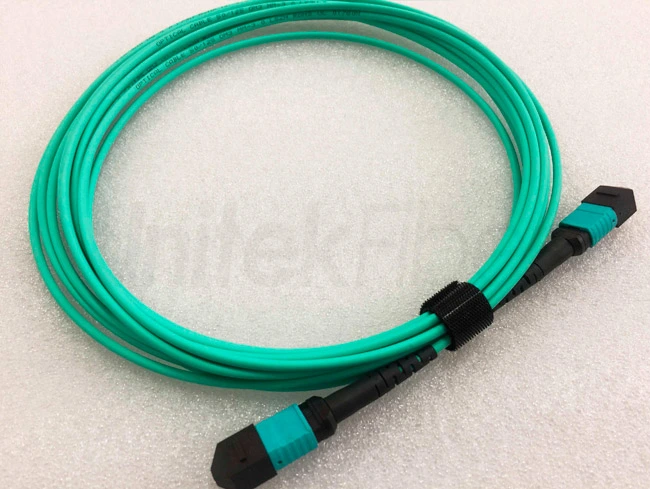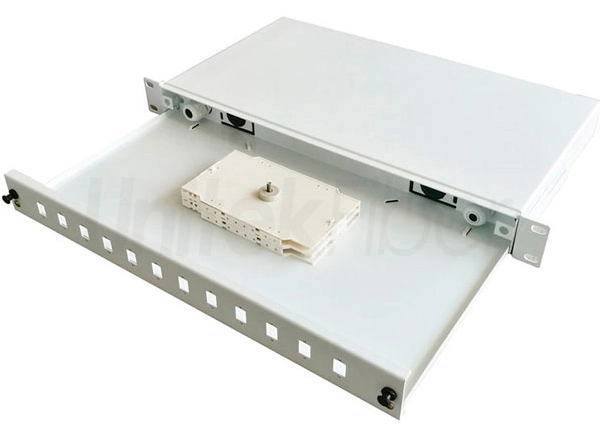
Introduction
According to data from LightCounting, a well-known market research organization in the field of optical communications, the optical transceiver market will exceed US$8 billion in 2020. With the explosive growth of network traffic, it is estimated that by 2026, the global optical transceiver market will reach 14.5 billion US dollars.
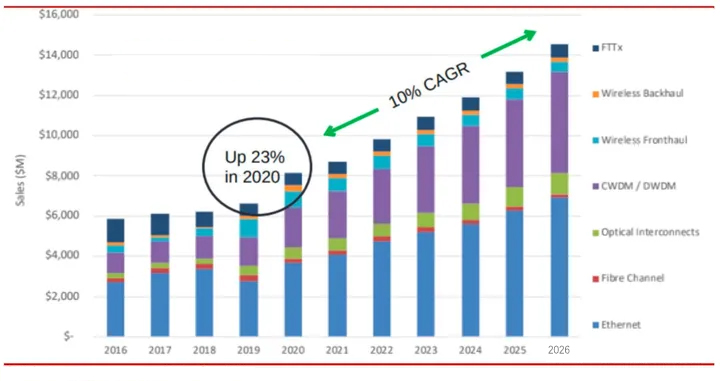
With the advent of the cloud computing era, a network with higher speed, larger bandwidth, and lower latency has become an important requirement for data center business development. The 400G fiber transceiver, as the key hardware device for optical network interconnection in the data center, can maximize the bandwidth and port density of the data center in the process of building a 400G network system. 400G fiber transceiver will eventually be an inevitable trend in the development of next-generation data centers.
The meaning and naming method of 400G optical module
The 400G fiber transceiver is converts the electrical signal into an optical signal at the sending end, and then transmits it through the optical fiber, and then converts the optical signal into an electrical signal at the receiving end. It is mainly used for mutual conversion between electrical signals and optical signals in optical communication. From the perspective of volume, the fiber optic transceiver is small in size and is generally used in servers, switches, routers and wireless base station equipment in various network architectures.
The IEEE802.3 working group defines the naming method of fiber optic transceiver. In the field of xxxGBase-mRy.z, ‘xxx’ indicates the rate, m indicates the transmission distance, ‘y’ indicates the number of fiber optic pairs, and ‘z’ indicates the number of wavelengths. For example, 400GBASE-SR4.2 means that the rate of the optical module is 400Gbps, ‘SR’ means the connection within 150m (like the connection between cabinets in the computer room), ‘4’ means 4 pairs of optical fibers with 8 cores, and ‘2’ means that each core carries 2 wavelengths.
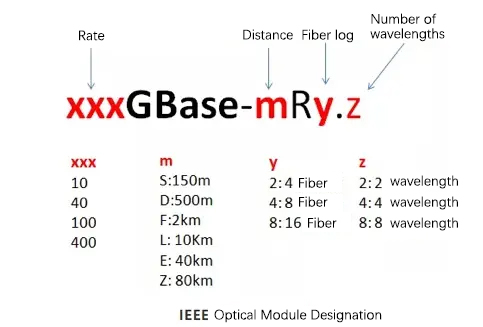
Classification, standards and packaging forms of 400G optical modules
The classification of 400G fiber transceiver is divided into multimode (MM) and single mode (SM) from the optical wavelength; from the signal modulation method, it is divided into NRZ and PAM4 modulation (currently PAM4 is the main); from the transmission distance, Divided into SR, DR, FR, LR; from the packaging form, divided into OSFP transceiver, QSFP-DD transceiver, CDFP transceiver, CFP8 transceiver, CWDM8 transceiver and COBO transceiver and so on. Among the mainstream 400G optical modules, the optical port side mainly uses 8 channels of 53Gbps PAM4 (400G-SR8, FR8, LR8), and 4 channels of 106Gbps PAM4 (400G-DR4, FR4, LR4) to achieve 400G signal transmission; on the electrical port side It uses 8 channels of 53Gbps PAM4 electrical signals and adopts OSFP or QSFP-DD packaging.
Packaging, which can be understood as the model standard of optical modules, is the main way to distinguish optical modules. At present, there are mainly six types of standards and packaging forms of 400G optical modules:
1. OSFP transceiver (Octal Small Formfactor Pluggable), this standard is a new interface standard, which is incompatible with existing photoelectric interfaces. Its size is 100.4*22.58*13 mm^3, which is slightly larger than that of QSFP-DD transceiver and requires a larger PCB area. The pins of its electrical interface are different from those of QSFP-DD transceiver, and there are one row above and below.
QSFP-DD transceiver (Quad Small Form Factor Pluggable-Double Density), this solution is an expansion of QSFP transceiver, adding one line to the original 4-channel interface to become 8-channel, which is the so-called Double Density. This solution is compatible with the QSFP transceiver solution, and the original QSFP28 fiber optic transceiver can still be used, just insert another optical transceiver.
2. CFP8 transceiver is an extension of CFP4 transceiver, the number of channels is increased to 8 channels, and the size is correspondingly increased to 40*102*9.5mm^3. The cost of this solution is relatively high, requiring the use of 16 25G lasers.
3. CWDM8 transceiver is an extension of the CWDM4 transceiver standard. The rate of each wavelength is 50G, and 400G can also be achieved. Added four new center wavelengths, namely 1351/1371/1391/1411nm. The wavelength range becomes wider, the requirements for Mux/DeMux are higher, and the number of lasers is doubled. The maximum input power is 8.5dBm.
4. The CDFP transceiver standard was born earlier, CD means 400, it uses 16 channels, and the single channel rate is 25G. Due to the large number of channels, the size is relatively large.
5. COBO transceiver (consortium for on board optics), means to put all the optical components on the PCB. The main advantages of this solution are good heat dissipation and small size. However, since hot swapping is not supported, once a module fails, it will be difficult to repair.
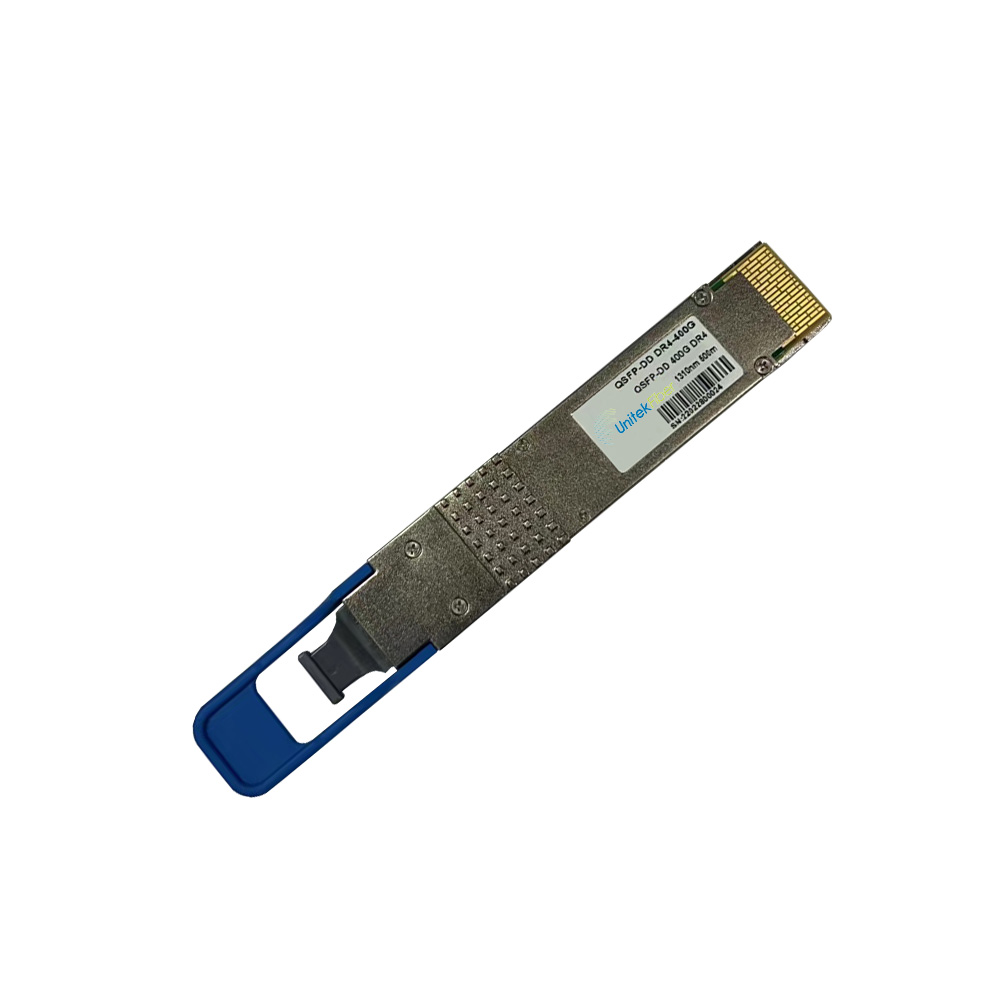
Application scheme of 400G optical module in data center
With the increase of data center bandwidth, the increase of storage demand, and the acceleration of server access port speed, higher requirements are put forward for the efficiency of optical modules to realize real-time and massive information exchange between data centers. At present, the transmission rate of 400G fiber transceiver is 4 times higher than that of 100G fiber transceiver. It can maximize the bandwidth and port density of data centers, and has become an important solution to realize data center network interconnection. The application solutions of 400G fiber transceiver in data centers are generally divided into the following four scenarios in terms of transmission distance:
1. <20m, mainly used for interconnection between servers inside the cabinet and TOR switches. At present, the data rate is mainly 10G and 25G, and it is transitioning to 50G or 100G. Generally, active optical cables or direct attach cable can be used for direct connection.
2. <500m, mainly used for the interconnection between leaf and spine switches in the same equipment room of the data center. At present, the data rate is mainly 40G and 100G, and it is transitioning to 400G. Among them, the short distance below 100m mainly uses 850nm multimode (MM) optical fiber; the distance between 100m and 500m mostly uses single-mode (SM) optical fiber with a wavelength of 1310nm, and parallel single-mode (PSM) technology is mainly used for cost considerations.
<10km, mainly used for the interconnection of switches or routers between buildings in the data center. At present, the data rate is mainly 100G, and it is transitioning to 400G. In this scenario, the transmission distance is long, and the cost of optical fiber accounts for a large proportion. Therefore, wavelength division multiplexing technology is often used to transmit more signals on a single optical fiber. For the 100G rate, State Road Communication can provide 100G LR4 fiber optic transceiver, and State Road Communication 100G PSM4 fiber optic transceiver can still be used in 500m~2km scenarios.
>10km, mainly used for the interconnection (DCI) between multiple data centers. The current implementation method is 100G+DWDM (dense wavelength division multiplexing). For 100G rate, 100G LR4, 100G ER4 and 100G ZR4 fiber optic transceiver can be provided for selection according to the distance between data centers.
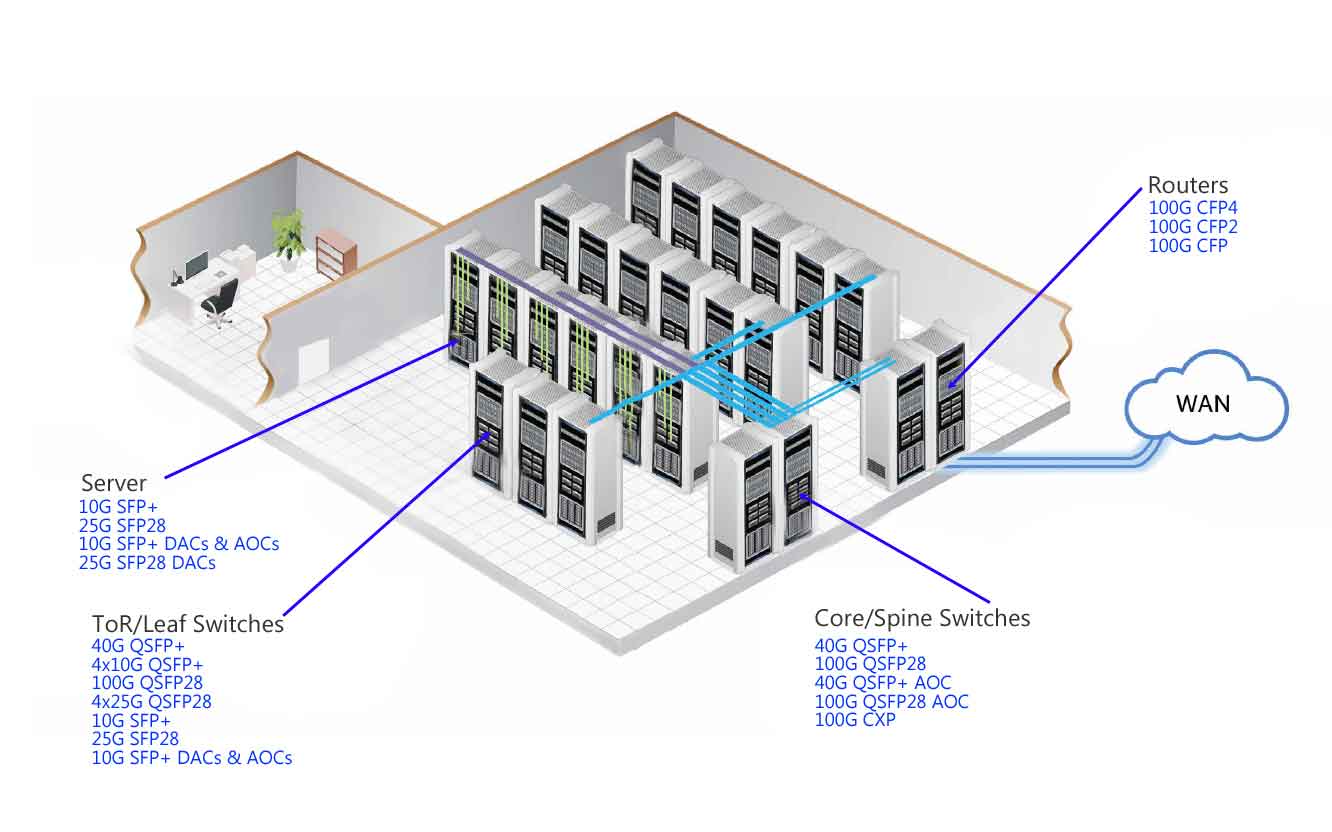
UnitekFiber is a leading fiber optic products supplier with expertise in manufacturing within the optical fiber industry. Our state-of-the-art manufacturing facilities ensure superior craftsmanship and reliability.
From fiber optic cable to fiber optic transceiver, fiber patch cords, and other related accessories, we offer a comprehensive range of products designed to deliver seamless connectivity and high-performance solutions. For more detailed information, please visit our website at www.unitekfiber.com.

